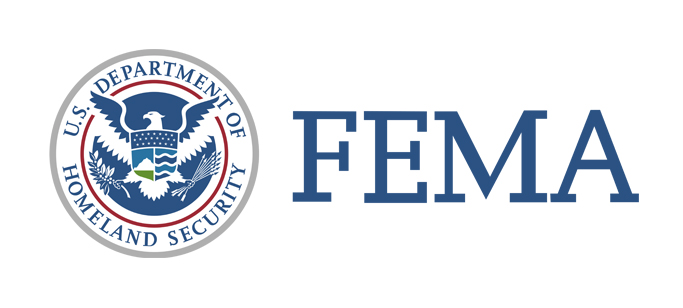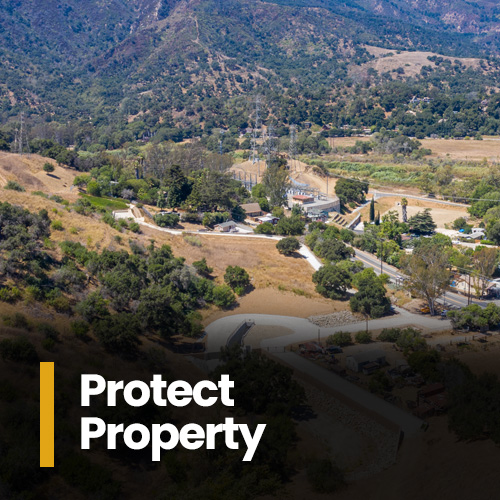Quick Links

protect property
Things to know and do before the flood
- Reduce the risk of damage from flooding by elevating critical utilities, such as electrical panels, switches, sockets, wiring, appliances and heating systems.
- In areas with repetitive flooding, consider elevating the entire structure.
- Make sure basements are waterproofed and your sump pump is working. Then, install a battery-operated backup in case of power failure.
- Installing a water alarm will also let you know if water is accumulating in your basement.
- Clear debris from gutters and downspouts.
- Anchor any fuel tanks.
- Move furniture, valuables and important documents to a safe place.
- Store copies of irreplaceable documents (such as birth certificates, passports, etc.) in a safe, dry place. Keep originals in a safe deposit box.
- Build an emergency supply kit. Food, bottled water, first aid supplies, medicines and a battery-operated radio should be ready to go when you are. Visit Ready.gov for a complete disaster supply checklist.
- Plan and practice a flood evacuation route. Ask someone out of state to be your “family contact” in an emergency, and make sure everyone knows the contact’s address and phone number.
- Make a pet plan. Many shelters do not allow pets. Make plans now on what to do with your pets if you are required to evacuate your residence.
Document Damage and Start Cleanup
Document your damage
Before discarding items, policyholders should be sure to document their damage using photos and/or videos. The policyholder should retain, for the adjuster, samples or swatches of carpeting, wallpaper, furniture upholstery, window treatments and other items where the type and quality of material may impact the amount payable on the claim. For appliances — like washers, dryers, stoves, etc. — take photos of the appliances and their serial numbers (best to take photos of them before moving them outside for disposal). It is also helpful if you can provide receipts to your adjuster. Properly documenting damaged property is critical for your flood claim, so discuss what your policy requirements are with your insurance agent and adjuster.
Mold and cleanup
It’s the responsibility of all National Flood Insurance Program (NFIP) policyholders to minimize the growth and spread of mold as much as possible. NFIP flood insurance policies will not cover mold damage if a policyholder fails to take action to prevent the growth and spread of mold.
In some instances, it’s not possible for a policyholder to get to the property and clean up and remove the mold. In these cases, the damage may be covered when:
- A legally authorized official has banned entrance into the area (possibly as a result of downed trees, downed power lines, washout/destruction of roadways and any other reason the official may restrict entrance), and/or
- Floodwaters remain around the home, or in the area, impeding the policyholder’s ability to inspect and maintain the insured property.
Clean up mold
To learn more about safe and effective flood cleanup, visit the U.S. Department of Environmental Protection Agency’s website to download a Homeowner’s and Renter’s Guide to Mold Cleanup After Disasters.


